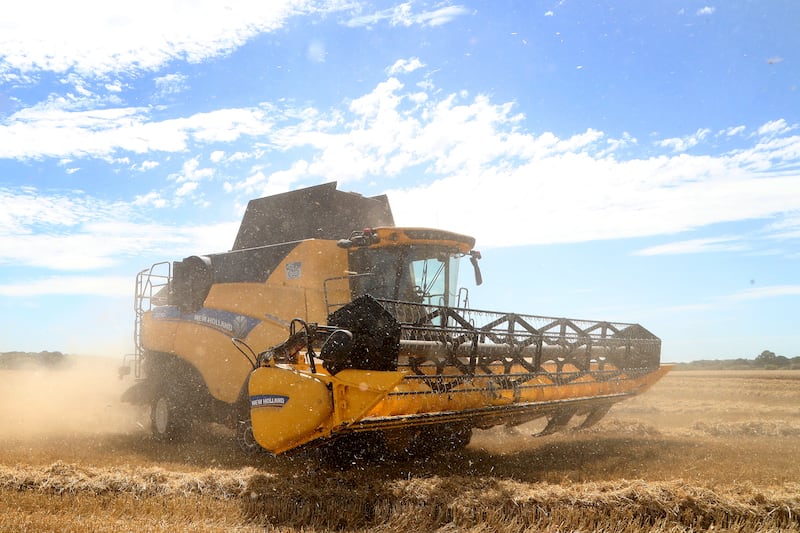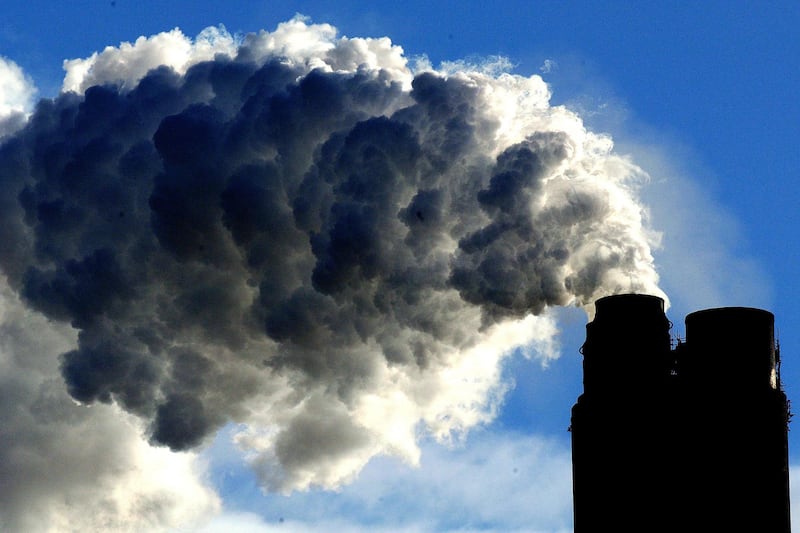The Simpsons has always been popular, but the viral success of one sketch in particular, involving so-called steamed hamburgers and the Northern Lights, has taken the show to another level.
The sketch, which sees Principal Skinner host his boss, Superintendent Chalmers, for lunch, has been recreated by hundreds if not thousands of fans online, with each adding their own special twist.
It culminates in Chalmers reacting in disbelief when Skinner claims the fire in his kitchen is in fact just aurora borealis, saying: “Aurora Borealis? At this time of year, at this time of day, in this part of the country, localised entirely within your kitchen?”
But, according to someone who really knows their auroras, just how likely would such a phenomenon be?
AURORA BOREALIS?!

First of all, what causes an aurora? Ali McLean is the founder of the UK’s first Northern Lights holiday brand, The Aurora Zone, and he explained the science behind it.
“Basically it starts around 93 million miles away on the sun with something called a coronal mass ejection,” he said. “And that sends charged particles flying off into space.
“Now, if they’re directed towards the Earth, these particles will eventually collide with the particles in our atmosphere, and when they do, these particles get excited.
“As they calm, they release energy in the form of light, which effectively is what causes the aurora to appear in our night sky.”
AT THIS TIME OF YEAR…

Chalmers’ first query is whether the Northern Lights would be visible “at this time of year”.
“I thought there were some birds chirping in the background when Chalmers was at the front door, and I felt it was late spring, April or May,” said Alistair.
“Unfortunately that’s not a great time in the northern hemisphere for seeing the Northern Lights.
“If you were in, say, very northern USA, you might get a few hours between midnight and 02.30 when it’s actually dark enough to see the Northern Lights, but you’d also need spectacular solar activity happening as well.”
A bad start for Seymour.
AT THIS TIME OF DAY…

Next up, Chalmers cites the time of day as another reason to doubt the aurora. Skinner welcomes his guest by saying: “I hope you’re prepared for an unforgettable luncheon!” so midday it is.
“I’m afraid in broad daylight you haven’t got a chance of seeing it,” said Ali. “Maybe during twilight, but lunchtime? Not a chance.”
But that’s not to say you couldn’t see the aurora ANYWHERE in the world at “lunchtime”.
“The one place that I would go to would be Spitsbergen, Svalbard,” said Ali. “It’s pitch black from, I think, early December through to February. You could possibly see the Northern Lights at lunchtime there, because you can hunt for them 24 hours a day during certain times of the winter.”
IN THIS PART OF THE COUNTRY…

So if Skinner was hosting lunch in Svalbard, perhaps the Northern Lights might make an appearance.
Springfield was inspired by Portland, Oregon, however, where the phenomenon is far less likely because, as Ali says: “Portland is quite a long way south.”
“First and foremost you would have to get outside of the city, as the glare from the lights of the city would spoil the clarity of any aurora.”
However, according to Ali, that’s not to say it’s not possible to see the lights in Portland.
“Let’s imagine you go outside the city, find a nice, quiet, dark spot looking north, with unobstructed views,” he said.
“The aurora’s strength is measured on two things, one of which is the Kp index, which goes from zero to nine, zero being no solar activity, nine being absolutely mad.
“For the aurora to appear in Portland you’d need probably a six, most likely a seven to see the Northern Lights. But I have no doubt it does happen from time to time.”
LOCALISED ENTIRELY WITHIN YOUR KITCHEN?

The final indignity, Chalmers points out the ludicrous nature of Skinner’s claim that his kitchen is playing host to the Northern Lights, something Ali can’t remember ever happening before.
“Off the top of my head I can’t think of any specific examples,” he said of an indoor aurora. “However, some years back we were going to have a stand at an exhibition, and our marketing agency were convinced that they could recreate the aurora inside a specially designed dome.
“I might add that it was going to cost something like £20,000!”
“I guess it’s possible but you would need good curtains and would definitely need to turn all the lights off,” he added.
A good lie?
All in all? No. Skinner would have had to take Chalmers to a spot out of town, probably during the night, to have had any chance of seeing the Northern Lights, or have travelled all the way to Svalbard.
That said, Chalmers seemed to swallow the lie pretty eagerly, didn’t he? With that in mind, just as Skinner steams a good ham, he must also spin a great yarn.
Good job, Seymour.











